Nepal-India customs talks pave way for smoother trade and stronger borders
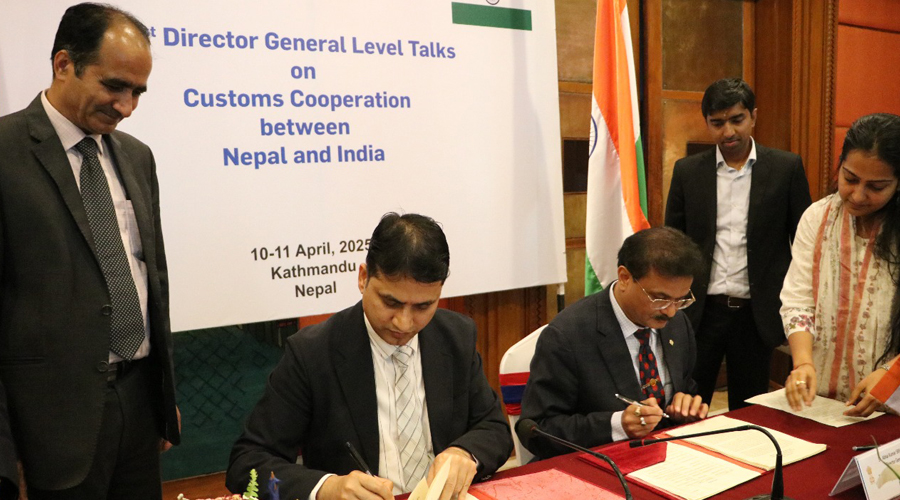
KATHMANDU: Marking another milestone in Nepal-India bilateral cooperation, the 21st Director General-level meeting between the customs administrations of the two nations concluded successfully in Kathmandu on March 29, reinforcing a tradition of alternating dialogues that began in 1995. The two-day meeting, held from March 28 to 29, addressed critical issues of trade facilitation, border infrastructure, and the fight against unauthorized trade, laying the groundwork for enhanced economic collaboration.
The Nepali delegation was led by Mahesh Bhattarai, Director General of the Customs Department, while Abhay Kumar Srivastava, Director General of India’s Directorate of Revenue Intelligence, headed the Indian side. The discussions were wide-ranging, focusing on modernizing customs processes and strengthening cross-border trade mechanisms to benefit both economies. With Nepal heavily reliant on India for trade routes and India being a key market for Nepali goods, the outcomes of this meeting hold significant implications for regional commerce.
A major highlight was the agreement to transition toward paperless customs processes, a move aimed at streamlining trade and reducing bureaucratic delays. Both sides committed to lowering logistics costs, a critical factor for Nepal’s landlocked economy, and intensifying efforts to curb illegal trade that undermines legitimate commerce. To this end, India agreed to recognize certificates of origin issued through Nepal’s National Single Window system, a step that will simplify export procedures for Nepali businesses.
Infrastructure development also took center stage. The meeting saw commitments to fast-track the construction of Integrated Check Posts (ICPs) in Bhairahawa and Chandani Dodhara, which are expected to enhance border efficiency once operational. Additionally, plans were finalized to introduce rail cargo services in Biratnagar, expanding Nepal’s access to efficient trade routes. The expansion of quarantine facilities along the Nepal-India border was another key agreement, addressing concerns about agricultural and livestock trade compliance.
In a significant technological leap, both nations agreed to extend the Electronic Cargo Tracking System (ECTS), currently used for rail-based trade transiting India, to road transport. This extension aims to reduce costs and improve transparency for goods moving to and from third countries via India, a vital lifeline for Nepal’s global trade. A memorandum of understanding on pre-notification data exchange for imports and exports was also greenlit, promising greater predictability for traders.
The Nepali delegation included high-level representatives from multiple ministries, including Finance, Foreign Affairs, and Industry, Commerce and Supplies, alongside technical experts from quarantine, food safety, and livestock departments. India’s team featured customs officials, embassy representatives, and international trade experts, reflecting the strategic importance of the dialogue.
Analysts view the meeting as a pragmatic step toward addressing Nepal’s trade challenges, particularly its dependence on Indian ports and border infrastructure. “These agreements signal a mutual recognition of the need for efficiency and trust in cross-border trade,” said a Kathmandu-based trade expert. “For Nepal, faster customs clearance and better infrastructure could significantly boost export competitiveness.”
Looking ahead, the 22nd meeting is slated to take place in New Delhi, where both sides are expected to review progress and tackle emerging trade issues. For now, the outcomes of the Kathmandu meeting offer a roadmap for smoother, more cost-effective trade relations, with tangible benefits for businesses and consumers on both sides of the border.



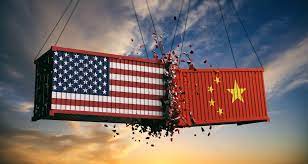


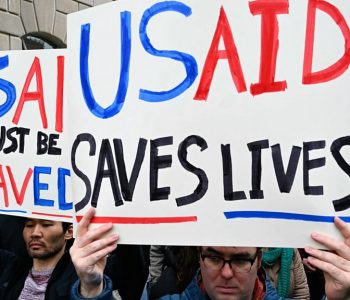


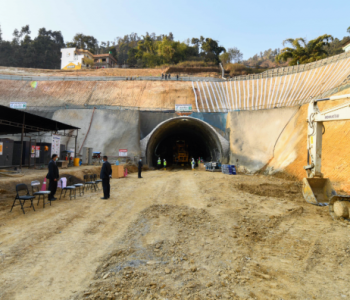

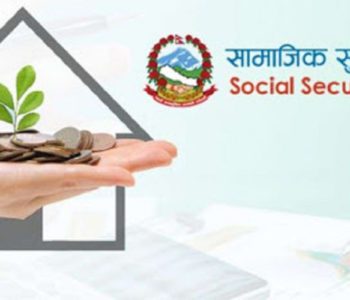
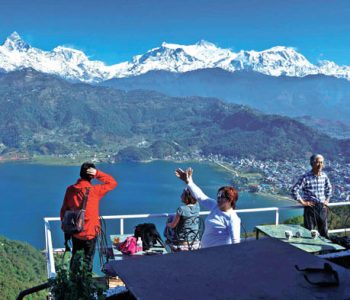
Facebook Comment